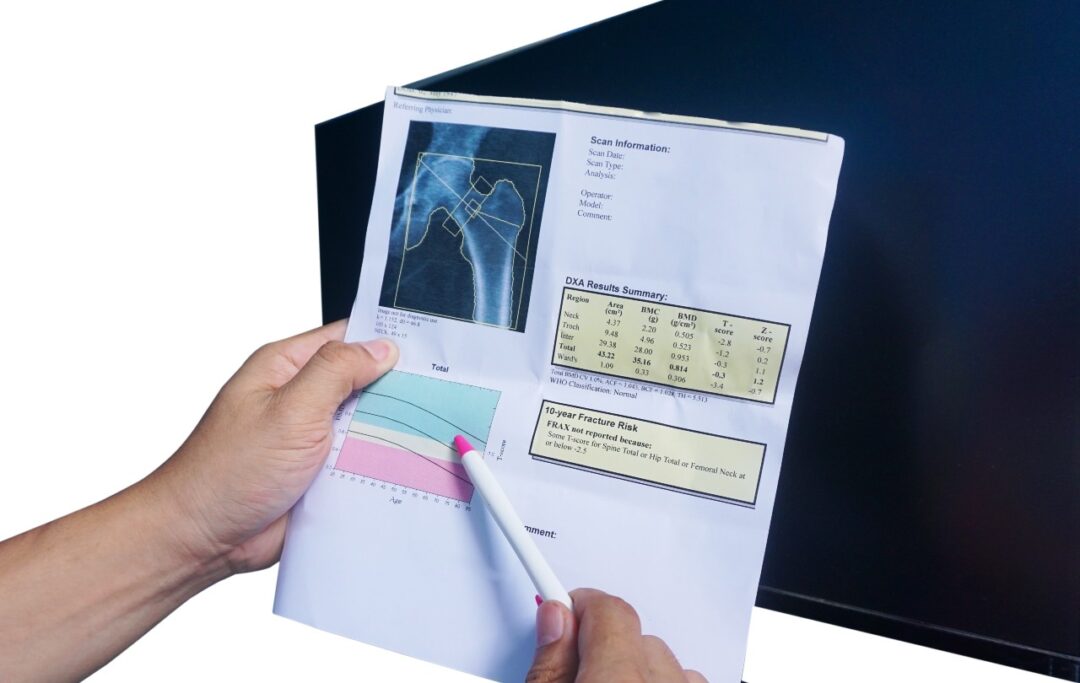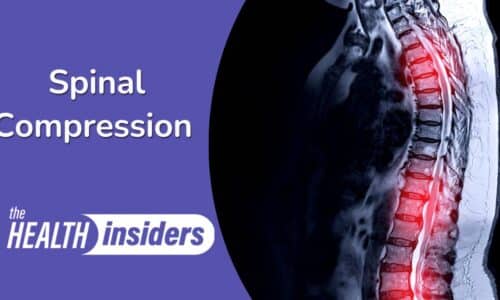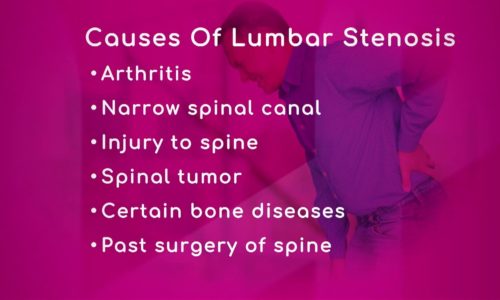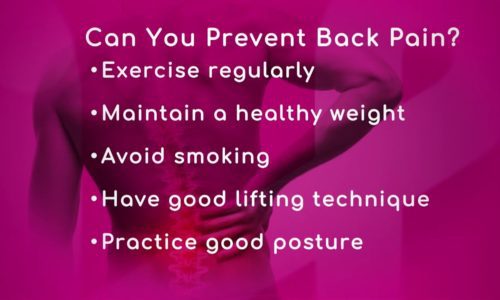What should be done for osteopenia? |

Most people are aware that osteoporosis is a disease characterized by “thinning” of the bones. The reduced bone density in osteoporosis is associated with a susceptibility to fractures, especially of the hip and spine. In the U.S., it is estimated that 10 million individuals, mostly women, have this condition.
It is less well understood by the public that an intermediate stage between normal bone mass and osteoporosis exists, known as osteopenia. Osteopenia is not a disease per se, but an indication that the bone mineral density is below the statistical norm. An estimated 34 million Americans have osteopenia. If measures are not taken to slow down bone loss, many of these individuals will develop osteoporosis.
How do you know if you have osteopenia? Bone mineral density (BMD) testing is required to determine if you have osteopenia or osteoporosis. BMD testing (e.g. DEXA scan) compares the bone density of the person being tested with younger individuals who are at peak bone density. Depending on the variation from this ideal, an assessment of the extent of loss of bone mass can be made. BMD has been shown to correlate with bone strength and is an excellent predictor of future fracture risk. As currently defined, someone with osteoporosis has a BMD that is at least 2.5 standard deviations below the mean of a young person at maximum bone density. This is reported as a T-score of –2.5 on the DEXA report. A higher negative T-value, e.g. –3.0, indicates that the osteoporosis is even more severe. Osteopenia is defined as a BMD that is between 1 and 2.5 standard deviations below the younger person’s mean. This would be indicated by a T-score between –1.0 and –2.5.
Does osteopenia always develop into osteoporosis? The short answer is no. A T-score in the osteopenia range does not necessarily mean that you are losing bone, or tell you at what rate that this is occurring. Age, genetics, body stature, and certain diseases or conditions can all affect the baseline bone density. Often a second bone density test is needed to determine if bone loss is occurring at an accelerated rate. Typically, however, a year or more is required before getting a repeat study in order to note a significant difference.
Does everyone with osteopenia require treatment? Most people with osteopenia can be managed by lifestyle measures that will be discussed in next week’s “Health Tips”. Situations in which it is reasonable to consider treatment with medications to prevent further bone loss and to reduce the risk of more fractures include:
- Postmenopausal women with low bone mass (T-score between –1.0 and –2.5 at the femoral neck or spine) AND a high probability of sustaining an osteoporosis-related fracture.
- Individuals with T-scores between –1.0 and –2.5 may be considered for treatment with a medication when risk factors are present, such as taking certain medications (e.g. corticosteroids), a strong family history of osteoporosis or fractures, broken bones as an adult, or being very thin.
- Individuals with osteopenia due to secondary causes, such as chronic kidney disease, celiac disease or chronic corticosteroid use.
How is the probability of fracture determined? An assessment tool called the FRAX is helpful in deciding when someone with osteopenia is at increased risk for a fracture, and may benefit from treatment with medications. The FRAX tool uses information about bone density and other risk factors for breaking a bone to estimate the risk of sustaining a fracture over the next 10 years. To perform the FRAX test, you will need to enter your T-score from DEXA testing along with other personal information, such as height and weight. Based on FRAX testing, the National Osteoporosis Foundation recommends that treatment be initiated in postmenopausal women and men age 50 and older with osteopenia AND a 10-year hip fracture probability ≥ 3% OR a 10-year major osteoporosis-related fracture probability ≥ 20%. Osteoporosis-related fractures are defined as those that are diagnosed on physical examination (although they may not appear on x-rays), affecting the vertebrae, hip, forearm or upper arm. FRAX testing is intended for postmenopausal women and men age 50 and older and is not intended for use in younger adults or children.
If you have any more questions just Ask Hanna, our health advisors are here to help.
Image: ©Shutterstock / Richmanphoto








